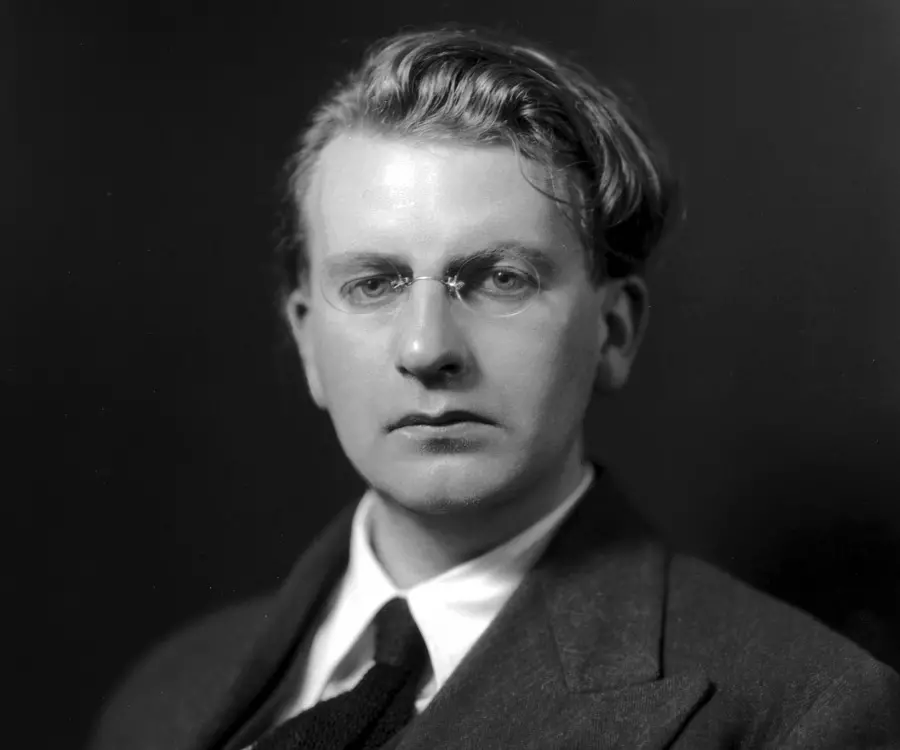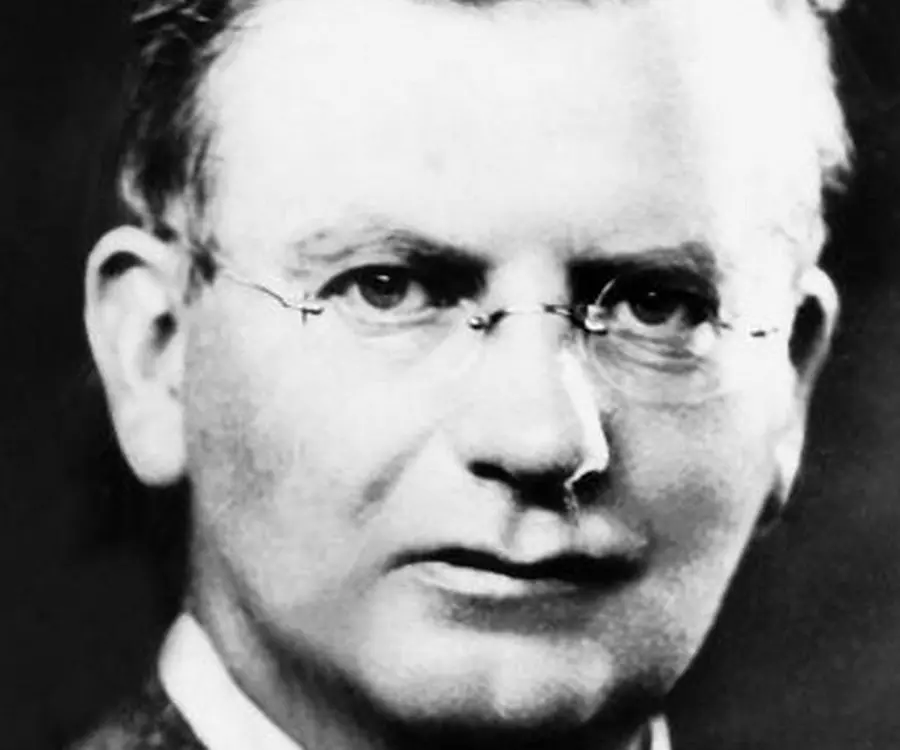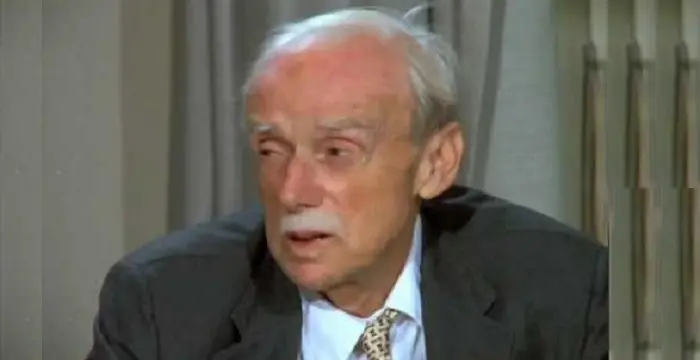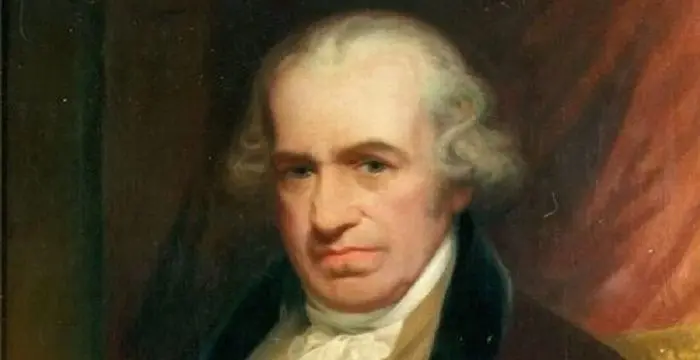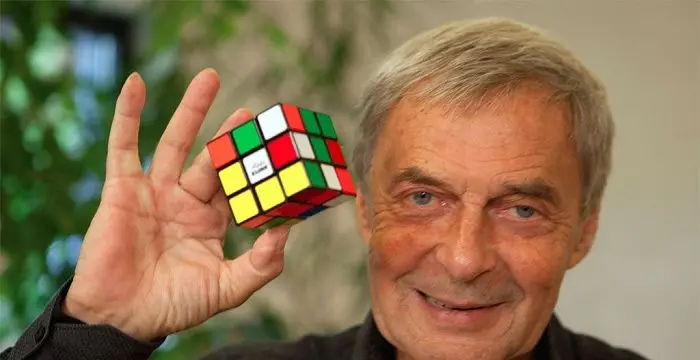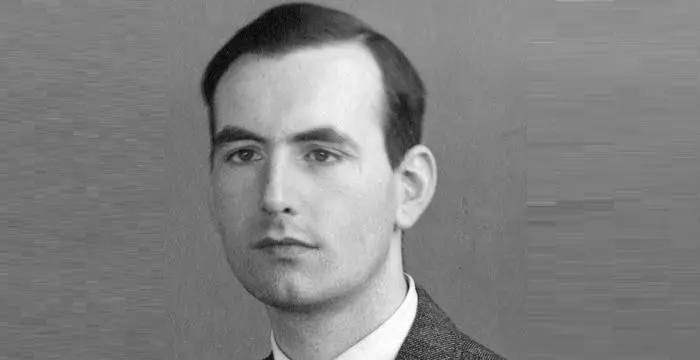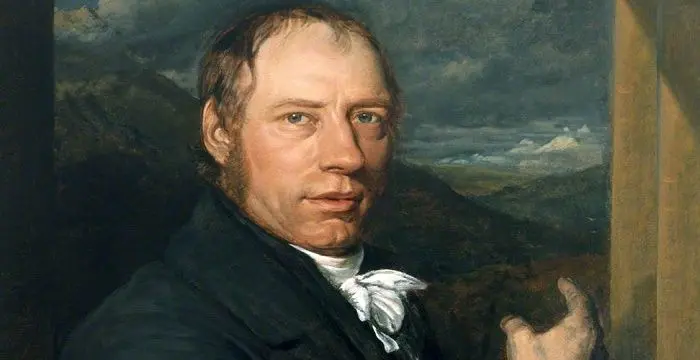
John Logie Baird - Electrical Engineers, Family and Personal Life
John Logie Baird's Personal Details
John Logie Baird was a Scottish engineer and is known as ‘The Father of Television’
| Information | Detail |
|---|---|
| Birthday | August 13, 1888 |
| Died on | June 14, 1946 |
| Nationality | British, Scottish |
| Famous | Engineers, Electrical Engineers, Inventors & Discoverers, Scientists |
| Spouses | Margaret Albu |
| Childrens | Diana Baird, Malcom Baird |
| Universities |
|
| Founder / Co-Founder |
|
| Discoveries / Inventions |
|
| Birth Place | Helensburgh |
| Born Country | United Kingdom |
| Religion | Church of Scotland |
| Gender | Male |
| Father | John Baird |
| Sun Sign | Leo |
| Born in | Helensburgh |
| Famous as | Engineer |
| Died at Age | 57 |
// Famous Engineers
Pietro Boselli
Pietro Boselli is an Italian model, engineer, teacher, and fitness athlete who became famous as the ‘world’s sexiest math teacher’. Check out this biography to know about his birthday, childhood, family life, achievements and fun facts about him.
Satya Nadella
Satya Nadella is the current CEO of Microsoft. This biography provides detailed information about his childhood, profile, career, net worth & timeline
Robert Hawking
Robert Hawking is a British software engineer, better known as the eldest son of the English theoretical physicist, cosmologist, and author, Stephen Hawking. Let’s take a look at his family, personal life, career and other interesting facts.
John Logie Baird's photo
Who is John Logie Baird?
John Logie Baird FRSE was a Scottish engineer who is known as ‘The Father of Television’. He was an innovator who invented the first successful mechanical television, the first publicly demonstrated colour television system and the first purely electronic colour television picture tube. At quite a young age he depicted a flair for electronics; he had tested and tried remote-controlled photography and also rigged a telephone exchange to connect his house to those of his nearby friends. In his teens he read a German book on the photoelectric properties of selenium which inspired him about the concept of television. This dream turned into a possible-reality when he heard of Arthur Korn’s fantastic achievement. Korn had successfully invented a circuit which could transmit fax pictures over any required distance and Baird tried to follow the concept for live or moving pictures. Baird successfully transmitted a long-distance television signal (438 miles) from London to Glasgow through a telephone line. Soon other achievements followed: he demonstrated the first transatlantic transmission through his Baird Television Development Company Ltd, the first stereoscopic television and video recording device. Other than television he made remarkable contributions to the fields of fibre optics, radio imaging, secret signaling, and infra-red scanning.
// Famous Electrical Engineers
Satya Nadella
Satya Nadella is the current CEO of Microsoft. This biography provides detailed information about his childhood, profile, career, net worth & timeline
Nikola Tesla
Nikola Tesla was a Serbian-American inventor, best known for his development of alternating current electrical systems. This biography of Nikola Tesla provides detailed information about his childhood, life, achievements, works & timeline.
Paul Dirac
Paul Dirac was an English theoretical physicist known for his contributions to quantum mechanics and quantum electrodynamics. This biography of Paul Dirac provides detailed information about his childhood, life, achievements, works & timeline
Childhood & Early Life
John Logie Baird was born on August 13, 1888 in Helensburgh, Scotland, as the fourth, and youngest child of the Reverend John Baird and Jessie Morrison Inglis.
He received his schooling from the Larchfield Academy in Helensburgh before going to the Glasgow and West of Scotland Technical College in 1906 to study electrical engineering. The First World War broke out before he could graduate.
Career
John Logie Baird was not accepted for the military service due to his chronic illness and therefore he worked for the Clyde Valley Electrical Power Company for a while. After the war ended he tried several unsuccessful businesses and then went to Britain in 1920.
Arthur Korn in the first decade of 1900 had invented the first successful signal-conditioning circuit for image transmission that could send fax pictures by telephone/wireless even over oceans. Baird implemented the same mechanism for television.
He moved to Hastings in 1923 and rented a workshop where he made the world’s first working TV using an old hatbox, pair of scissors, darning needles, bicycle light lenses, tea chest, sealing wax and glue.
In 1924 at the office of Radio Times he successfully demonstrated a semi-mechanical analogue television by transmitting moving silhouette images. Later that year he received a severe electric shock in his workshop. The landlord asked him to vacate the place and Baird headed to London.
His first public demonstration of the moving images by television was at the Selfridges departmental store in Soho, London in 1925, followed by a series of demonstrations over a period of three-weeks.
His first successfully transmitted television picture was a grayscale image; a 30-line vertically scanned image sent at five pictures per second. In order to announce this invention to the public he went to the office of the ‘Daily Express’, but was ousted.
By 1926 he had improved the scan rate to 12.5 pictures per second and then he demonstrated it to the members of the Royal Institution and a reporter from ‘The Times’ in his laboratory. The audience witnessed live moving images with tone graduation.
In 1927, he transmitted the world’s first long-distance (438 miles) television pictures to the Central Hotel at Glasgow from London through a telephone line.
He achieved the feat of colour transmission in 1928 by using scanning discs at the transmitting and receiving ends with three spirals of aperture. The spirals contained filters of three different primary colours and three light sources at the receiving end. A commutator was responsible for alternating the illumination.
He formed the Baird Television Development Company Ltd and in 1928 the company made the first transatlantic television transmission from London to New York.
Baird and Bernard Natan founded France’s first television company in 1929 and named it Television-Baird-Natan. The company’s first live transmission was of the Epsom Derby in 1931.
In 1930, he demonstrated a theatre TV system with the dimensions of two feet by five feet at the London Coliseum, Berlin, Stockholm and Paris. Within the decade he improved and modified this system into a projection system, which could televise on a 15 feet by 12 feet screen.
The British Broadcasting Corporation (BBC) began using Baird’s system for the first public television service in 1932. But in 1937 the BBC stopped broadcasting through the Baird system after the Baird facility at Crystal Palace caught fire and switched to the Marconi-EMI version.
Major Works
John Logie Baird is known as the ‘Father of Television’ as he played a major role in the invention of the mechanical television that transmitted moving silhouette images and was the inventor of the first publicly demonstrated colour television system.
Awards & Achievements
In 2014 the Society of Motion Picture and Television Engineers (SMPTE) inducted him into The Honor Roll which ‘posthumously recognizes individuals who were not awarded Honorary Membership during their lifetimes but whose contributions would have been sufficient to warrant such an honor’.
Personal Life & Legacy
John Logie Baird married Margaret Albu in 1931 and together they had two children, Diana and Malcolm.
He suffered a stroke in February 1946 and passed away on 14 June 1946, at the age of 57.
Australian television’s Logie Awards are named in his honour.
// Famous Scientists
Juliane Koepcke
Juliane Koepcke is a German-Peruvian biologist, who was the lone survivor among the 92 passengers and crew of the ill-fated LANSA Flight 508 that crashed in the Peruvian rainforest on 24 December 1971. Know more about her life in this biography.
Henry Cavendish
Henry Cavendish was a theoretical chemist and physicist, renowned for discovery of hydrogen and calculation of the mass of earth. To know more about his childhood, profile, timeline and career read on
Konstantin Tsiolkovsky
Konstantin Tsiolkovsky was a Russian rocket scientist and a pioneer of astronautics. This biography provides detailed information about his childhood, family, personal life, career, achievements, etc.
John Logie Baird biography timelines
- // 13th Aug 1888John Logie Baird was born on August 13, 1888 in Helensburgh, Scotland, as the fourth, and youngest child of the Reverend John Baird and Jessie Morrison Inglis.
- // 1900Arthur Korn in the first decade of 1900 had invented the first successful signal-conditioning circuit for image transmission that could send fax pictures by telephone/wireless even over oceans. Baird implemented the same mechanism for television.
- // 1906He received his schooling from the Larchfield Academy in Helensburgh before going to the Glasgow and West of Scotland Technical College in 1906 to study electrical engineering. The First World War broke out before he could graduate.
- // 1920John Logie Baird was not accepted for the military service due to his chronic illness and therefore he worked for the Clyde Valley Electrical Power Company for a while. After the war ended he tried several unsuccessful businesses and then went to Britain in 1920.
- // 1923He moved to Hastings in 1923 and rented a workshop where he made the world’s first working TV using an old hatbox, pair of scissors, darning needles, bicycle light lenses, tea chest, sealing wax and glue.
- // 1924In 1924 at the office of Radio Times he successfully demonstrated a semi-mechanical analogue television by transmitting moving silhouette images. Later that year he received a severe electric shock in his workshop. The landlord asked him to vacate the place and Baird headed to London.
- // 1925His first public demonstration of the moving images by television was at the Selfridges departmental store in Soho, London in 1925, followed by a series of demonstrations over a period of three-weeks.
- // 1926By 1926 he had improved the scan rate to 12.5 pictures per second and then he demonstrated it to the members of the Royal Institution and a reporter from ‘The Times’ in his laboratory. The audience witnessed live moving images with tone graduation.
- // 1927In 1927, he transmitted the world’s first long-distance (438 miles) television pictures to the Central Hotel at Glasgow from London through a telephone line.
- // 1928He achieved the feat of colour transmission in 1928 by using scanning discs at the transmitting and receiving ends with three spirals of aperture. The spirals contained filters of three different primary colours and three light sources at the receiving end. A commutator was responsible for alternating the illumination.
- // 1928He formed the Baird Television Development Company Ltd and in 1928 the company made the first transatlantic television transmission from London to New York.
- // 1929 To 1931Baird and Bernard Natan founded France’s first television company in 1929 and named it Television-Baird-Natan. The company’s first live transmission was of the Epsom Derby in 1931.
- // 1930In 1930, he demonstrated a theatre TV system with the dimensions of two feet by five feet at the London Coliseum, Berlin, Stockholm and Paris. Within the decade he improved and modified this system into a projection system, which could televise on a 15 feet by 12 feet screen.
- // 1931John Logie Baird married Margaret Albu in 1931 and together they had two children, Diana and Malcolm.
- // 1932 To 1937The British Broadcasting Corporation (BBC) began using Baird’s system for the first public television service in 1932. But in 1937 the BBC stopped broadcasting through the Baird system after the Baird facility at Crystal Palace caught fire and switched to the Marconi-EMI version.
- // 14th Jun 1946He suffered a stroke in February 1946 and passed away on 14 June 1946, at the age of 57.
// Famous Inventors & Discoverers
Nikola Tesla
Nikola Tesla was a Serbian-American inventor, best known for his development of alternating current electrical systems. This biography of Nikola Tesla provides detailed information about his childhood, life, achievements, works & timeline.
Thomas Newcomen
Thomas Newcomen was a British inventor who developed the world’s first steam engine. Browse through this biography to learn in details about his life, career, works and timeline.
Erno Rubik
The famous inventor and educationist, Erno Rubik is known world-wide for his invention the ‘Rubik’s Cube’. To know more about the childhood, profile, timeline and career of this famous architect-inventor read on.
Ernst Ruska
Ernst Ruska was a German physicist who invented the electron microscope. Check out this biography to know about his childhood, life, achievements, works & timeline.
Howard Hughes
Howard Hughes was an American aviator, business tycoon, philanthropist and also a film maker. This biography explores his childhood, career, achievements and timeline.
Richard Trevithick
Richard Trevithick was a British inventor who was the pioneer of steam-powered road and rail transport. Check out this biography to know about his childhood, family life, achievements and fun facts about him.
John Logie Baird's FAQ
What is John Logie Baird birthday?
John Logie Baird was born at 1888-08-13
When was John Logie Baird died?
John Logie Baird was died at 1946-06-14
Where was John Logie Baird died?
John Logie Baird was died in Bexhill-on-Sea
Which age was John Logie Baird died?
John Logie Baird was died at age 57
Where is John Logie Baird's birth place?
John Logie Baird was born in Helensburgh
What is John Logie Baird nationalities?
John Logie Baird's nationalities is British, Scottish
Who is John Logie Baird spouses?
John Logie Baird's spouses is Margaret Albu
Who is John Logie Baird childrens?
John Logie Baird's childrens is Diana Baird, Malcom Baird
What was John Logie Baird universities?
John Logie Baird studied at Larchfield Academy, University of Glasgow, Royal College of Science and Technology, Lomond School, University of Strathclyde
Which company or organization was founded by John Logie Baird?
John Logie Baird was the founder/co-founder of Cintel
What is John Logie Baird's inventions/discoveries?
Mechanical Television was invented (or discovered) by John Logie Baird
What is John Logie Baird's religion?
John Logie Baird's religion is Church of Scotland
Who is John Logie Baird's father?
John Logie Baird's father is John Baird
What is John Logie Baird's sun sign?
John Logie Baird is Leo
How famous is John Logie Baird?
John Logie Baird is famouse as Engineer




